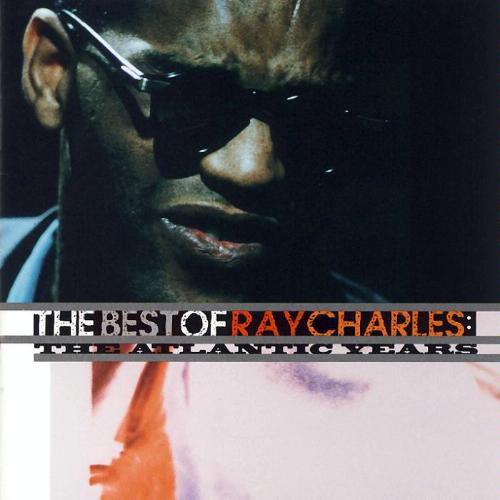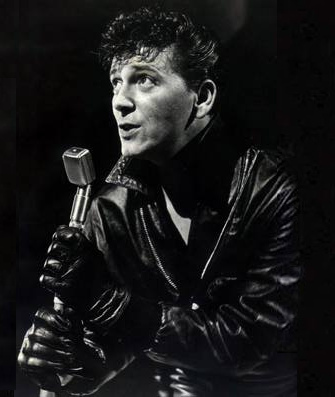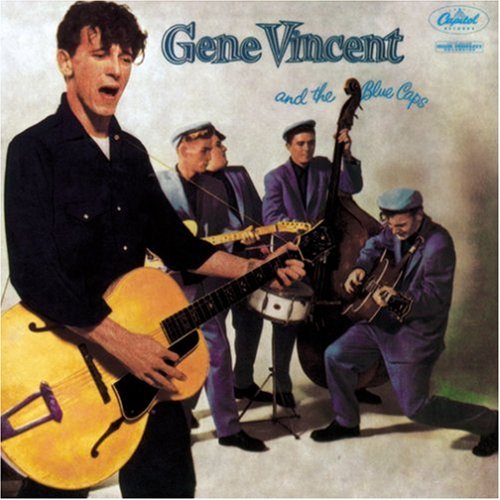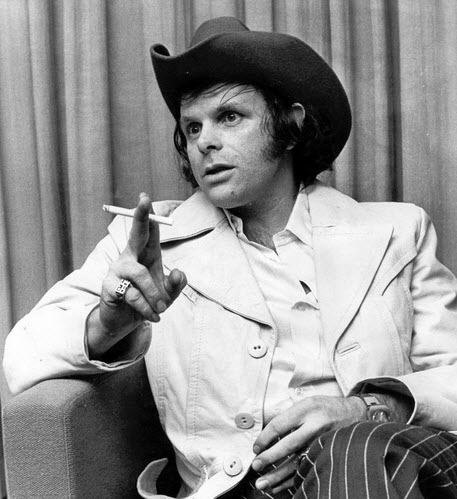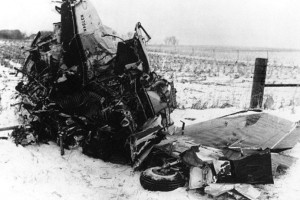
“The lyric was all to do with the dual combination of drugs and girls. This song was a very instant thing, a definite high point.”
– Mick Jagger
“I’ve got a new one myself. No words yet, but a few words in my head – called Brown Sugar – about a woman who screws one of her black servants. I started to call it Black Pussy but I decided that was too direct, too nitty-gritty.” – Mick Jagger (1969, The True Adventures of Rolling Stones by Stanley Booth)
Brown Sugar is the opening track and lead single from their 1971 album Sticky Fingers. Rolling Stone magazine ranked it #495 on their list of the 500 Greatest Songs of All Time and at #5 on their list of the 100 Greatest Guitar Songs of All Time.
The group sings the lyric with all the enthusiasm of tongue-wagging dogs swooping onto a prime rib, leading up to one of the band’s strongest shout-along choruses. As on other Stones classics of the period like “Honky Tonk Women” and “Bitch,” beefy horns start to duel with the buzzing electric guitars in the instrumental break; few if any other groups have used guitars and horns as deftly in unison. The crowning embellishment is the final choruses, which vary the melody and tempo so that the group sings and make a high-pitched exclamation in a rhythm that very much resembles that of a sexual climax.
– Richie Unterberger (allmusic)
It is credited, like most of their songs, to Mick Jagger and Keith Richards, but the song was primarily the work of Jagger, who wrote it sometime during the filming of Ned Kelly in 1969.
Brown Sugar from the fantastic concert film Ladies and Gentlemen (1972):
This version of the song features Mick Jagger on vocals, Keith Richards and Mick Taylor on guitar, Charlie Watts on drums, Bill Wyman on bass, Nick Hopkins on piano, Bobby Keys on saxophone, and Jim Price on horns.
Brown Sugar, Lyrics:
Gold coast slave ship bound for cotton fields,
Sold in a market down in new orleans.
Scarred old slaver know he’s doin alright.
Hear him whip the women just around midnight.
Ah brown sugar how come you taste so good
(a-ha) brown sugar, just like a young girl should
A-huh.
Drums beating, cold english blood runs hot,
Lady of the house wondrin where it’s gonna stop.
House boy knows that he’s doin alright.
You should a heard him just around midnight.
Ah brown sugar how come you taste so good
(a-ha) brown sugar, just like a black girl should
A-huh.
I bet your mama was a tent show queen, and all her boy
Friends were sweet sixteen.
Im no schoolboy but I know what I like,
You should have heard me just around midnight.
Ah brown sugar how come you taste so good
(a-ha) brown sugar, just like a young girl should.
I said yeah, I said yeah, I said yeah, I said
Oh just like a, just like a black girl should.
Continue reading Brown Sugar by Rolling Stones was released 16 April in 1971




